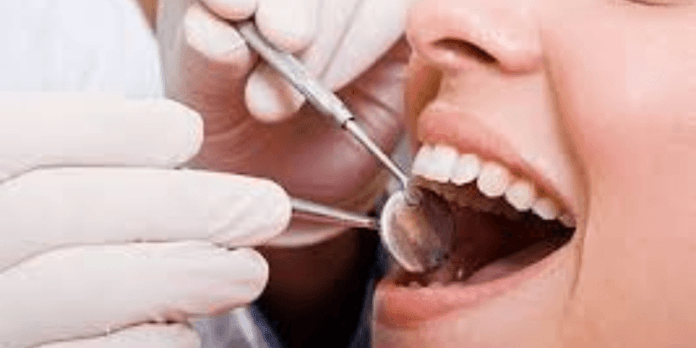Are you having a hard time while eating or experiencing pain and discomfort in your mouth? Then it is likely that you have an abscess in your mouth. Abscesses are swollen parts of soft tissues that are filled with pus, a thick, pale yellow or green liquid. This can turn out to be an alarming situation for you.
If you are that individual who has been feeling that you are feeling pain or discomfort in your mouth, then keep going on with this blog. Read about the signs, which means that you need an incision and drainage of dental abscess.
Signs Of Dental Abscess:
Whenever your tooth aches or your gums are getting swollen or tender, then you may be tempted to ignore it. However, a painful or tender tooth, gum, or even any discomfort in your mouth can be a sign of an abscess. Read about the signs of an oral abscess, including:
- Tooth Pain
- Tooth Sensitivity
- Loose Tooth
- Tooth Looks Raised
- Gum Pain
- Jaw Pain/Cheek Pain/Facial Pain
- Swollen Face
- Gums Bleeding
- Foul Taste
There are chances you may even experience fever, which is because your body will attempt to fight the infection in your mouth. The infection in an untreated abscess can go through your bloodstream and infect other teeth or gums. Then moving over to the bones and then spreading to the organs in your body. Without incision and drainage, an abscess can turn out to be a life-threatening septic shock for you.
Speaking of septic shock, if you have recently experienced the symptoms which are mentioned above, then you need to get it treated. You can get in touch with an emergency dentist in Ashton or other cities by contacting Emerdency.
Types Of Abscesses:
The soft tissues inside your mouth can develop an abscess. There are three types of abscesses. Read about them below:
Periodontal and Gingival:
It is most common in adults, and periodontal abscesses can occur in the periodontium, the tissues including your gums which are holding the teeth in place. The infection can cause the abscess, which originates in the alveolar bone, that is, the jaw.
Periodontal abscesses, which are only limited to the gums, are called gingival abscesses. If you have any gum diseases, then it is most likely that you will develop gingival abscesses.
Periapical:
Periapical abscesses are inside a tooth, which is around the top of the tooth root. These types of abscesses are common in children who are prone to dental caries, which include cavities. However, anyone can develop periapical abscesses at any age if they have poor oral health habits.
Pericoronitis:
A third and rarer type of oral abscess is known as pericoronitis. This type of abscess results in an infection in the gum flap, which covers the tooth. However, it hasn’t erupted through the gums.
Getting It Treated:
Having pain, discomfort, or swelling of an abscess can make your daily life painful. You might start to adjust how you have to chew your food in order to spare yourself from pain which can affect your digestion and diet. However, the abscess can easily be treated with incision and drainage.
Doctors will first numb the area around the abscess with local anaesthesia. Then they will carefully incise the gums or drill into the infected tooth with their specialised tools. You can always get it treated with the help of an emergency dental service.
Final Thoughts:
A dental abscess can turn out to be life-threatening for individuals out there. If you ever experience pain, discomfort, and swelling, then you need to get it treated as soon as possible. Make sure that you are not ignoring it and turning it into a bigger problem.
